Entry Type: Event - Starting with M
Mosely, Julius (Lynching of)
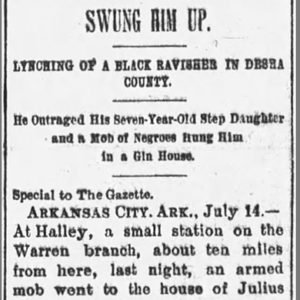 Mosely Lynching Article
Mosely Lynching Article
 Mother Teresa Press Conference
Mother Teresa Press Conference
Mound City, Burning of
Mount Elba, Action at
Mount Elba, Scout to (October 3–4, 1864)
Mount Ida Expedition
Mountain Home Lynchings of 1894
Mountain Home, Skirmish at
aka: Yellville Expedition
Mountain Meadows Massacre
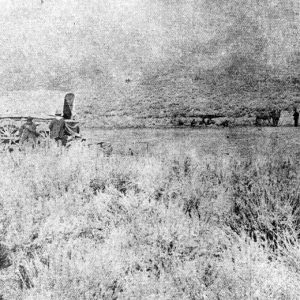 Mountain Meadows Massacre Site
Mountain Meadows Massacre Site
 Mr. Big Dill
Mr. Big Dill
Mrs. Voche’s, Skirmish at
Ms. Arkansas Senior America Pageant
Mud Town and Gerald Mountain, Skirmishes at
aka: Fayetteville Expedition
Mullens, Nat (Lynching of)
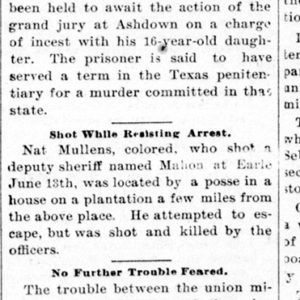 Nat Mullens Lynching Article
Nat Mullens Lynching Article
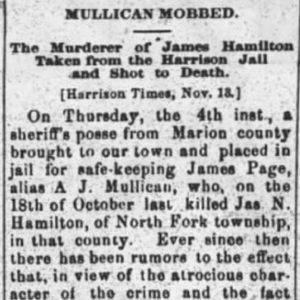 Andrew Mullican Lynching Article
Andrew Mullican Lynching Article
Mullican, Andrew J. (Lynching of)
Murray, James (Murder of)
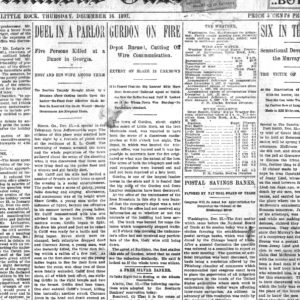 James Murray Murder Article
James Murray Murder Article
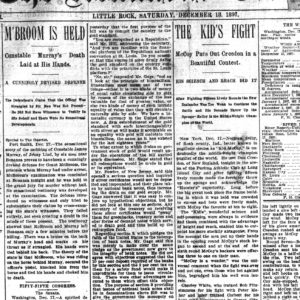 James Murray Murder Article
James Murray Murder Article




